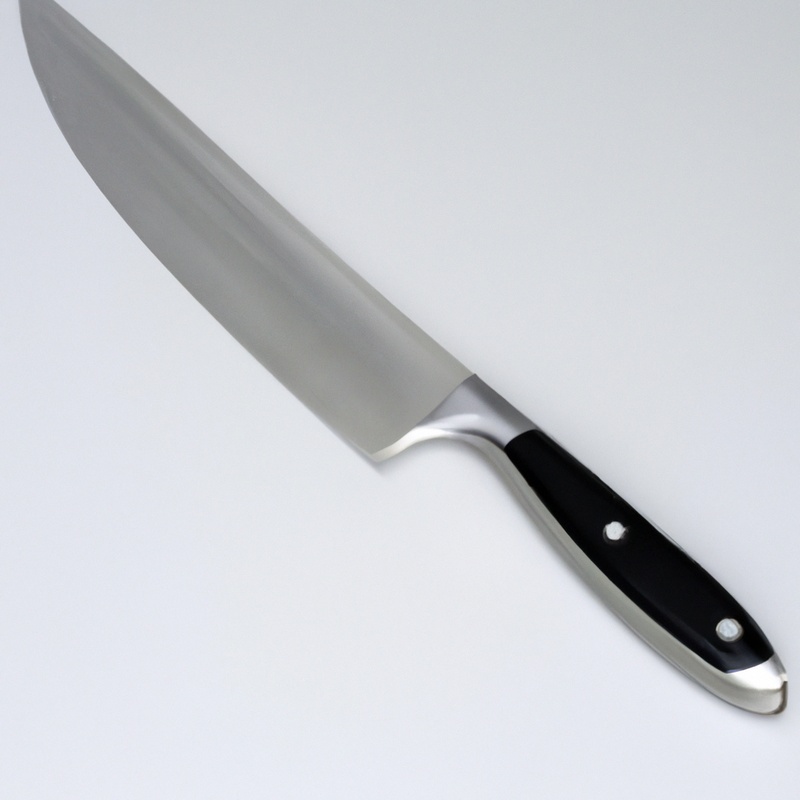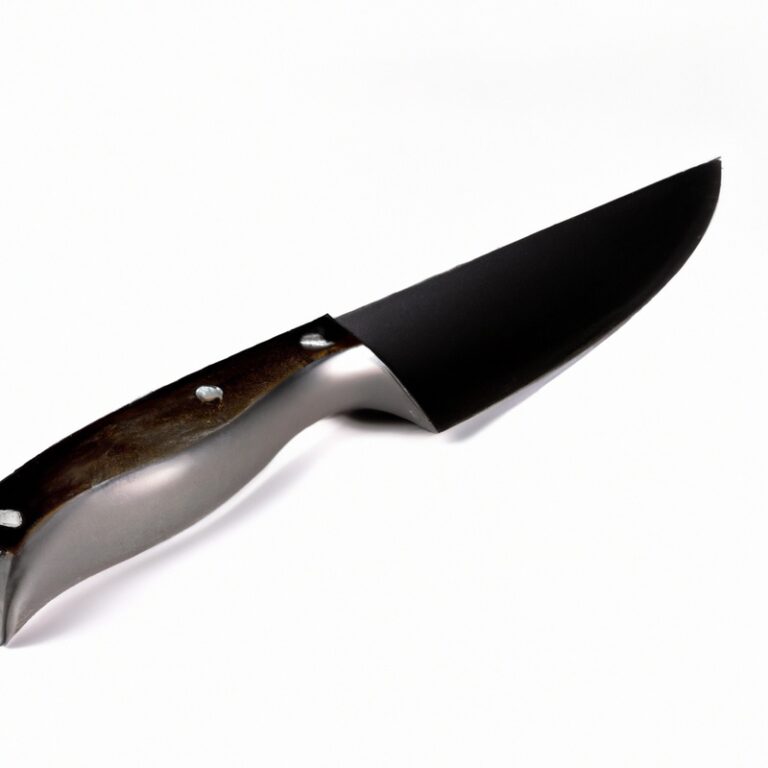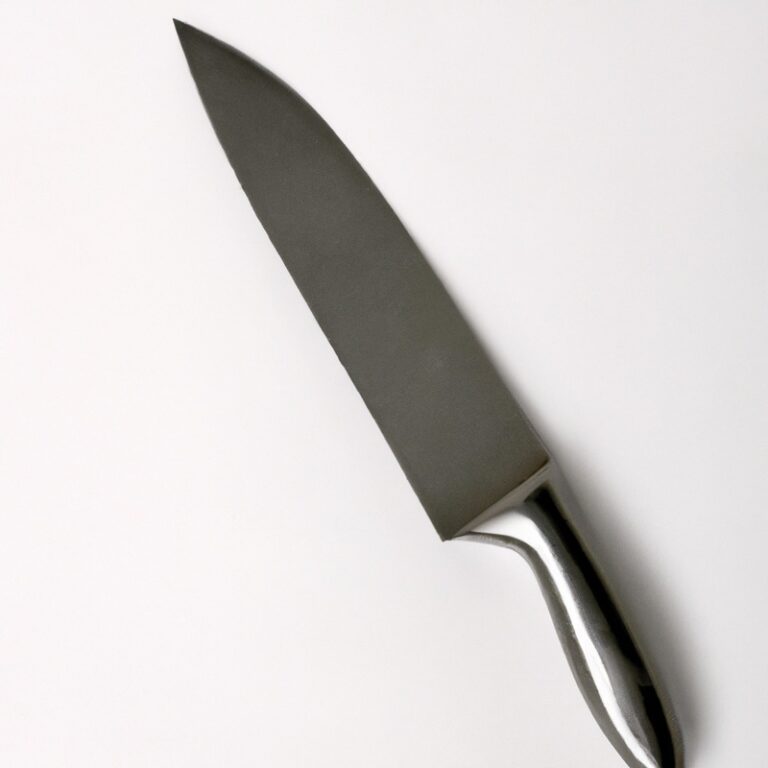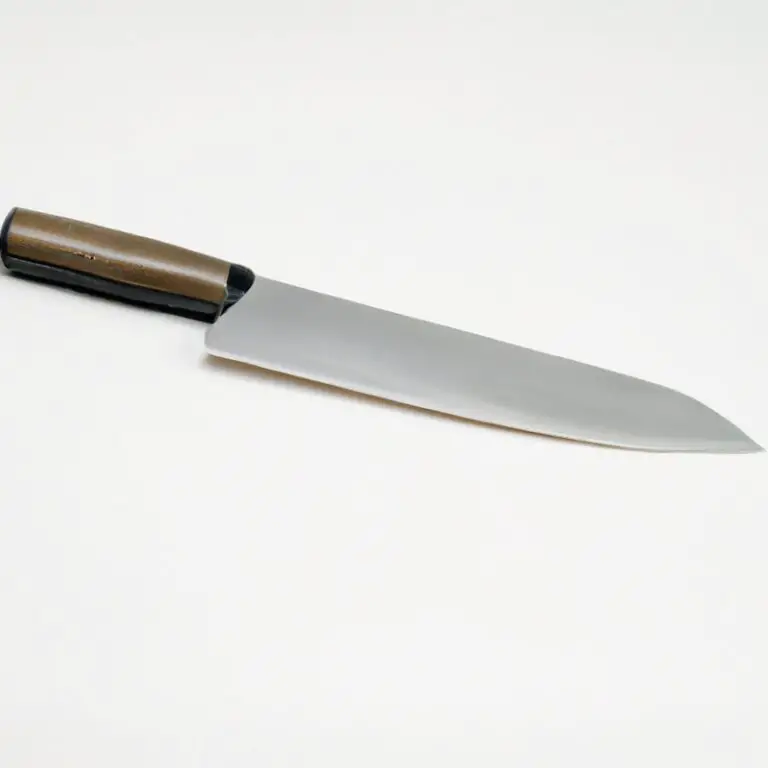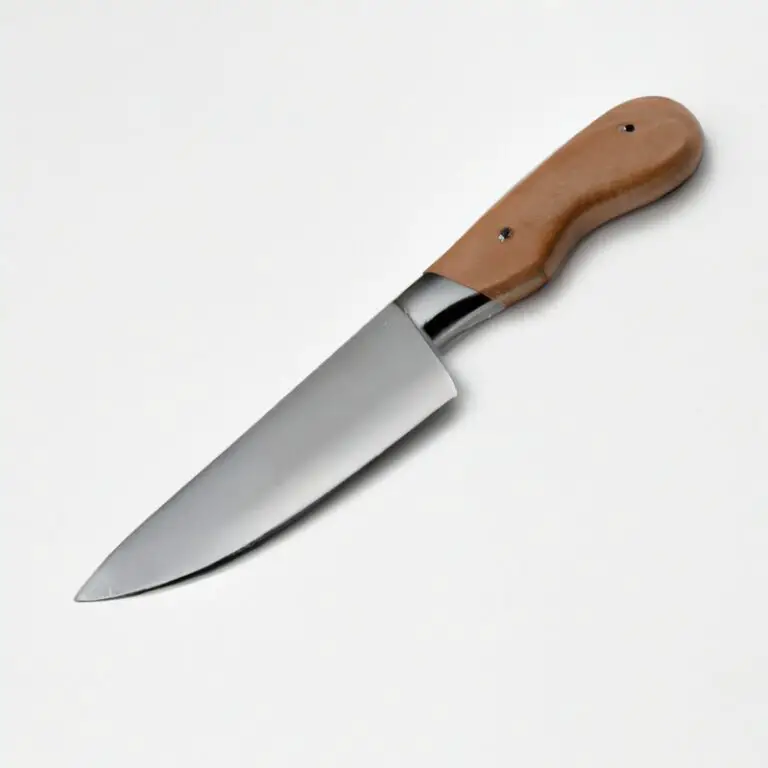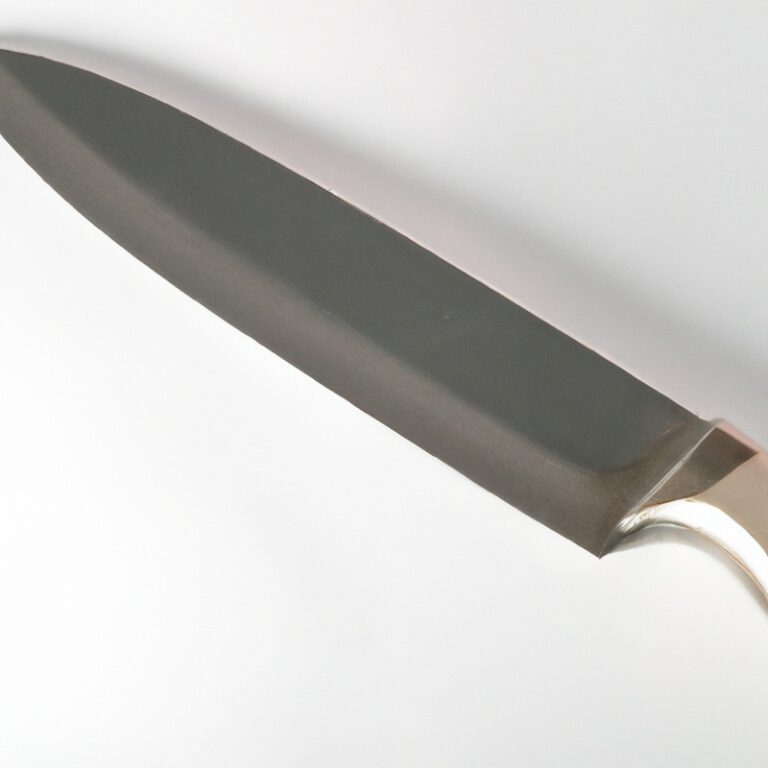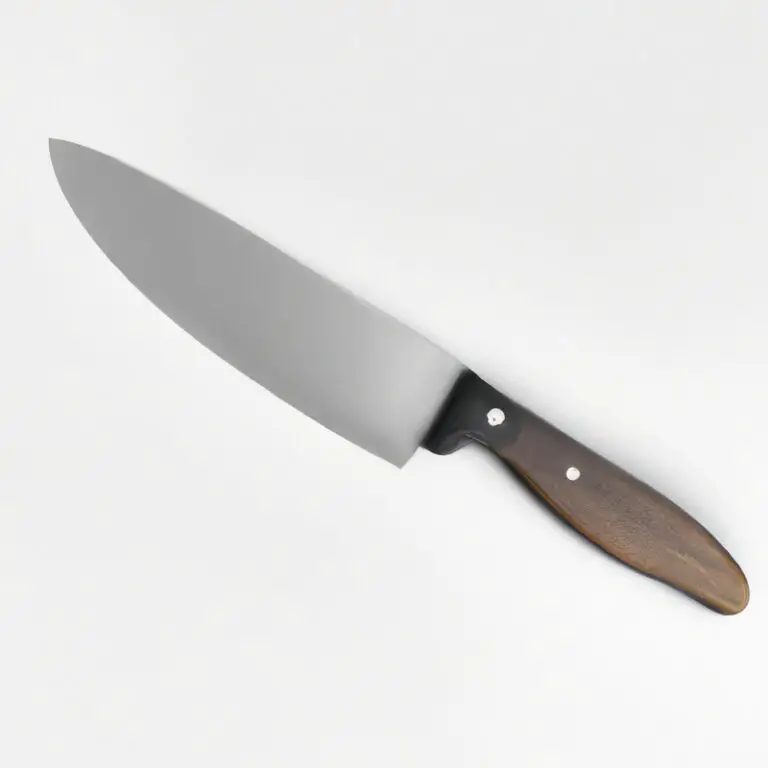How To Fillet a Swordfish Using a Fillet Knife? Get Perfectly Cut Fillets Every Time With This Easy Process!
Key Takeaways:
- To fillet a swordfish using a fillet knife, start at the tail and work your way towards the head, making precise diagonal cuts along the spine.
- Use a sharp and flexible fillet knife to ensure clean cuts and make the filleting process easier.
- Take your time and be patient when filleting a swordfish, as it can be a challenging task that requires practice and skill.
- Properly filleting a swordfish is essential to avoid wasting any of the valuable meat and to achieve delicious and attractive fillets for cooking.
Are you tired of paying extra for pre-filleted swordfish at the grocery store? Why not try filleting one yourself using a fillet knife?
Not only will you save money, but you’ll also feel satisfied knowing you did it yourself.
But before you get started, there are a few things you need to know, like choosing the right knife and understanding the intricate anatomy of a swordfish. Don’t worry; I’ve got you covered.
In this article, I’ll guide you step-by-step on how to fillet a swordfish using a fillet knife, from setting up your workspace to preparing the fillets for cooking.
Let’s dive in!
| Steps | Description |
|---|---|
| Step 1 | Prepare a clean work area and place the swordfish on a cutting board with the belly side facing down. |
| Step 2 | Using a sharp fillet knife, make an initial cut just behind the gills, traveling down towards the tail. Be sure to apply even pressure throughout the cut. |
| Step 3 | Using the tip of the knife, make an incision to separate the skin from the meat. The blade of the knife should be flat against the skin. Slowly work the knife down the length of the swordfish, peeling away the skin as you go. |
| Step 4 | Make a cut down the center of the fish’s backbone. Using the knife, separate the flesh from the backbone at the top of the cut, and then guide the knife down the length of the bone, being careful to keep the knife along the backbone. |
| Step 5 | After reaching the end of the cut, use the knife to slice and remove any remaining flesh attached to the bone. |
| Step 6 | Repeat the same process on the other side of the fish. |
| Step 7 | Rinse the fillets with cold water and pat dry. |
Choosing the right fillet knife for swordfish
When choosing a fillet knife for swordfish, look for a long and flexible blade that can handle the size and thickness of the fish. A blade length of at least 9 inches is suitable for a swordfish.
The blade should also be made of a high-quality stainless steel material to ensure durability and to resist corrosion.
A non-slip handle is equally important in ensuring a secure grip during the filleting process, especially when working with wet hands. Consider a fillet knife with a curved, ergonomic handle that fits comfortably in your hand and provides excellent control.
A good fillet knife is an investment for your kitchen, so prioritize quality over cost.
A high-quality fillet knife will last longer and provide better results.
Understanding the anatomy of a swordfish
Before you begin filleting a swordfish, it’s important to understand its anatomy. Swordfish are long, round fish that can grow up to 14 feet in length and weigh over 1,400 pounds.
The head of a swordfish is particularly long and pointed, with a prominent bill that can be used for spearing prey.
Behind the head, you’ll find the gills and pectoral fins. The body of the swordfish is made up of a series of cylindrical segments with small scales, which taper to a point at the tail.
The sword, or bill, is actually an elongated upper jaw that can be used for hunting and defense.
When filleting a swordfish, you’ll need to focus on removing the two large fillets that are located on each side of the backbone. The backbone itself is thick and strong, so you’ll need to use a sharp fillet knife with a sturdy blade to make clean cuts.
It’s also worth noting that swordfish are a rich source of omega-3 fatty acids and protein, and are a popular seafood choice for grilling, baking, and sautéing.
By understanding the anatomy of a swordfish and following proper filleting techniques, you can enjoy this delicious fish at home with ease and confidence.
Setting up a safe and efficient workspace
To ensure that you can fillet a swordfish safely and efficiently, it’s important to set up a workspace that is conducive to the task at hand. Here are some tips to help you:
- Choose a spacious surface – preferably a table or countertop – with plenty of room to maneuver the swordfish and your tools.
- Clean and sanitize the workspace before and after use to prevent the spread of bacteria or contamination.
- Use a non-slip mat or a damp towel to keep the swordfish in place and prevent it from slipping while you’re working.
- Keep your fillet knife sharp and in good condition to minimize the chances of injury or accidents.
- Wear protective gear such as cut-resistant gloves and eye protection to protect yourself while handling the swordfish.
By setting up a safe and efficient workspace, you can ensure that the process of filleting a swordfish is not only successful but also safe and enjoyable.
Preparing the swordfish for filleting
Before you start filleting a swordfish, it is crucial to prepare the fish properly. Firstly, make sure your workspace is clean and free of any potential hazards.
Rinse the swordfish under cold water and pat it dry with paper towels.
Next, place the swordfish on a cutting board with its belly facing upwards. Use a sharp knife to remove the head and tail, ensuring that you cut as close to the fish as possible.
Then, make an incision from the top all the way down to the bottom of the fish, near to the backbone.
Make sure to avoid cutting through the backbone itself. Finally, use your fingers to gently separate the flesh from the ribcage, starting at the tail end and working your way up to the head.
This will expose the fillet, which you can remove and then repeat the process on the other side.
By preparing the swordfish in this way, you will make it easier and safer to fillet, while also ensuring that you make the most of the fish.
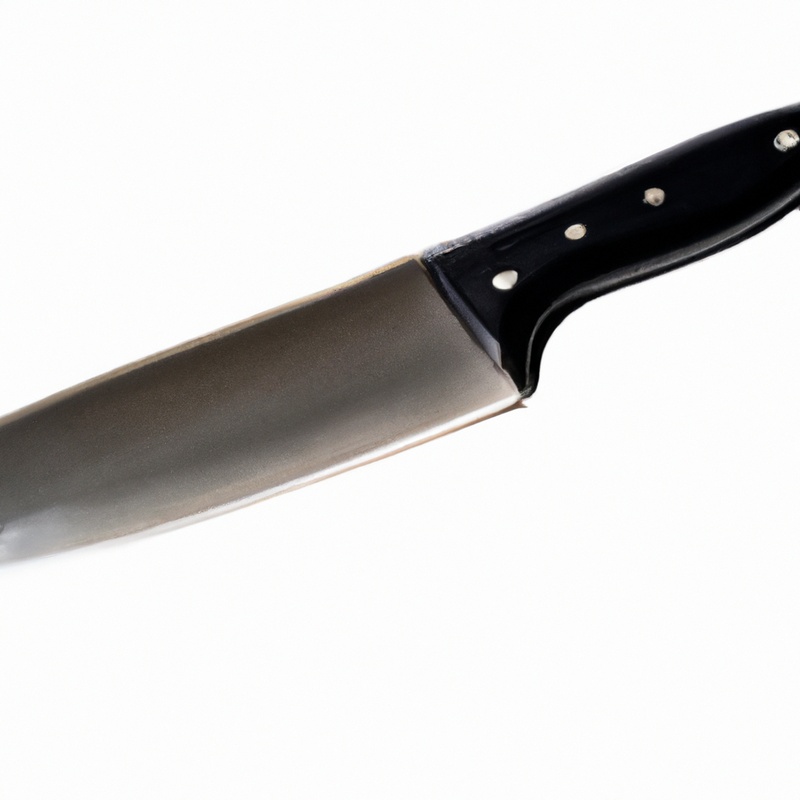
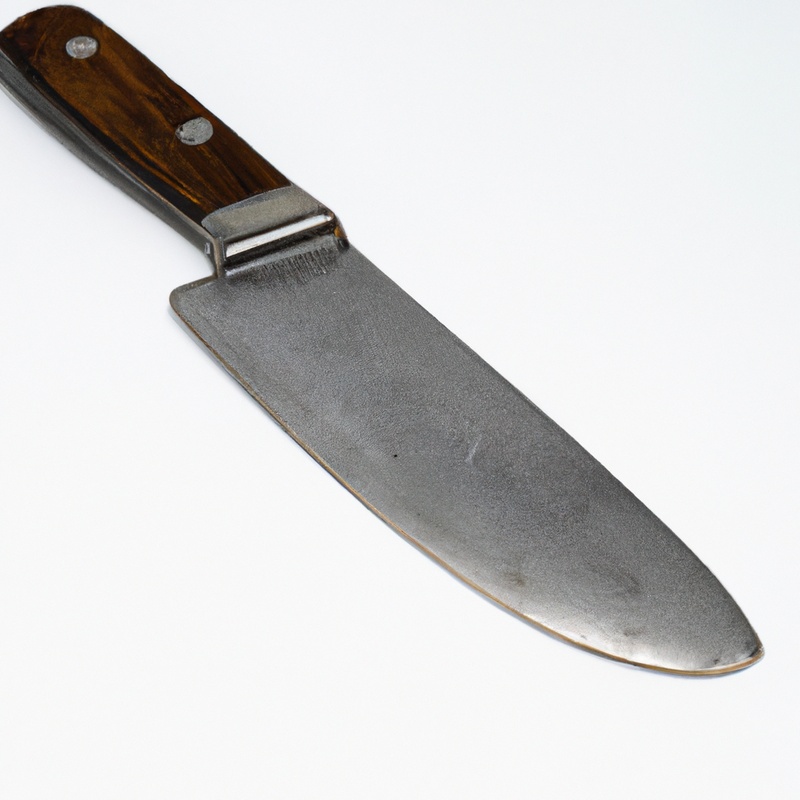
Making the first cut along the swordfish backbone
To make the first cut along the swordfish backbone, start by laying the fish flat on a cutting board with the dorsal fin facing upwards. Using a sharp fillet knife, insert the blade at the base of the dorsal fin and cut down towards the head of the fish, following the natural curve of the spine.
Apply gentle pressure to avoid cutting through the bones as you work your way down the length of the fish.
Once you reach the end of the dorsal fin, turn the knife and cut along the entire length of the backbone, separating the first fillet from the body of the fish. Repeat the process on the other side of the fish to obtain the second fillet.
It’s essential to be careful while making the first cut to avoid wasting any meat and to ensure the safety of both yourself and the fish.
With practice and patience, filleting swordfish can become a simple and rewarding task.
Removing the first fillet from the swordfish
To remove the first fillet from a swordfish, use a sharp fillet knife to make a straight cut along the top of the fish’s backbone from head to tail. Once the cut is made, angle the blade towards the head of the fish and begin carefully slicing along the ribs to separate the fillet from the bones.
Use your free hand to hold down the fillet while cutting and continue working your way down the length of the fish until the first fillet is completely removed.
Repeat this process to remove the second fillet from the other side of the fish. When finished, trim the fillets to remove any remaining bones or skin, store them properly, and clean your fillet knife thoroughly.
Filleting the second side of the swordfish
Once you’ve removed the first fillet from the swordfish, it’s time to fillet the second side. Start by making a cut along the backbone, similar to what you did for the first fillet.
Then, use your fillet knife to carefully cut between the flesh and the skin, using sweeping motions to remove the fillet in one piece.
Be sure to remove any remaining bones or skin from the fillet before trimming it to your desired size. It’s important to take your time and be gentle to avoid damaging the fillet.
Practice makes perfect, so don’t be afraid to try again if you don’t get it right the first time.
With some patience and practice, you’ll be able to fillet a swordfish like a pro!
Trimming the fillets to remove any bones or skin
After removing the fillets, use a flexible fillet knife to trim the meat. Check for and remove any bones or skin left behind.
Start by feeling along the edges of the fillet with your fingers to locate bones.
Use tweezers or pliers to pull them out. Then, use the knife to remove any skin left on the fillet.
Run the blade along the skin, keeping it as close to the meat as possible to avoid wasting any of the flesh.
Repeat the process with the other fillet. Once you’ve removed any bones or skin, rinse the fillets with cold running water and pat them dry with a clean cloth before storing them for cooking.
Storing and preparing the swordfish fillets for cooking
Once the swordfish has been filleted, it’s important to store and prepare the fillets properly before cooking. Here are some tips to keep in mind:
- Store the fillets in the refrigerator or freezer immediately after filleting to prevent spoilage. If storing in the refrigerator, use the fillets within 2-3 days.
- Rinse the fillets with cold water and pat them dry with paper towels before storing or preparing them.
- Remove any remaining bones or skin from the fillets before cooking. Use a sharp, flexible knife to do this.
- Swordfish is best suited for grilling, baking, or pan-searing. Marinate the fillets in your favorite sauce or seasoning to add flavor.
- Cook the swordfish fillets to an internal temperature of 145°F for safe consumption.
By following these steps, you can ensure that your swordfish fillets are properly prepared and ready for cooking.
Cleaning and maintaining your fillet knife after use
After filleting a swordfish, it is important to clean and maintain your fillet knife properly to ensure its longevity and effectiveness. Begin by cleaning the blade with warm, soapy water and drying it thoroughly.
Avoid using abrasive sponges or harsh detergents that can damage the blade.
If your knife has any residue or discoloration, use a specialized knife cleaner or a simple solution of vinegar and water to remove it. Be sure to rinse and dry the blade thoroughly after cleaning.
To maintain the sharpness of the blade, it is recommended to use a honing steel before and after each use.
If the blade becomes dull, use a sharpening stone or take it to a professional to be sharpened. Proper storage of the fillet knife is also important.
Store it in a protective sheath or knife block to avoid damage to the blade or accidental cuts.
By following these steps, you can ensure that your fillet knife will remain in good condition for all of your future filleting needs.
Final Verdict
Filleting a swordfish using a fillet knife requires patience, skill, and knowledge of the fish’s anatomy. By choosing the right fillet knife, setting up a safe workspace, and following the proper technique, you can create beautifully filleted swordfish that are boneless and skinless.
Remember to trim the fillets carefully to remove any bones or skin and store them properly for cooking.
Cleaning and maintaining your fillet knife after use will ensure its longevity and effectiveness for future filleting tasks. By following these steps, you can become an expert in filleting swordfish and impress your guests with your culinary skills.
With practice and persistence, you can master the art of filleting swordfish using a fillet knife and enjoy every step of the process.
Trust the process and enjoy the rewards of a perfectly filleted swordfish.

